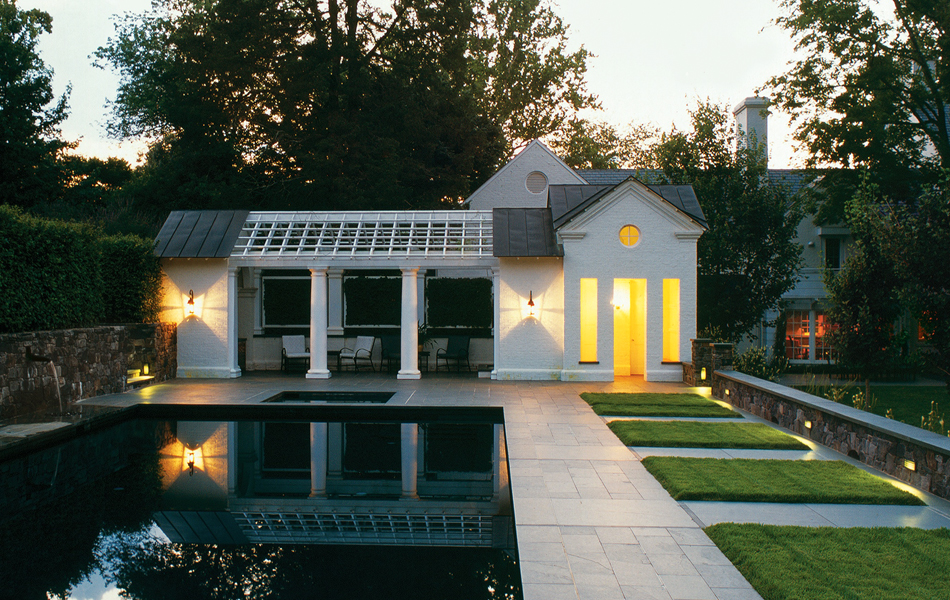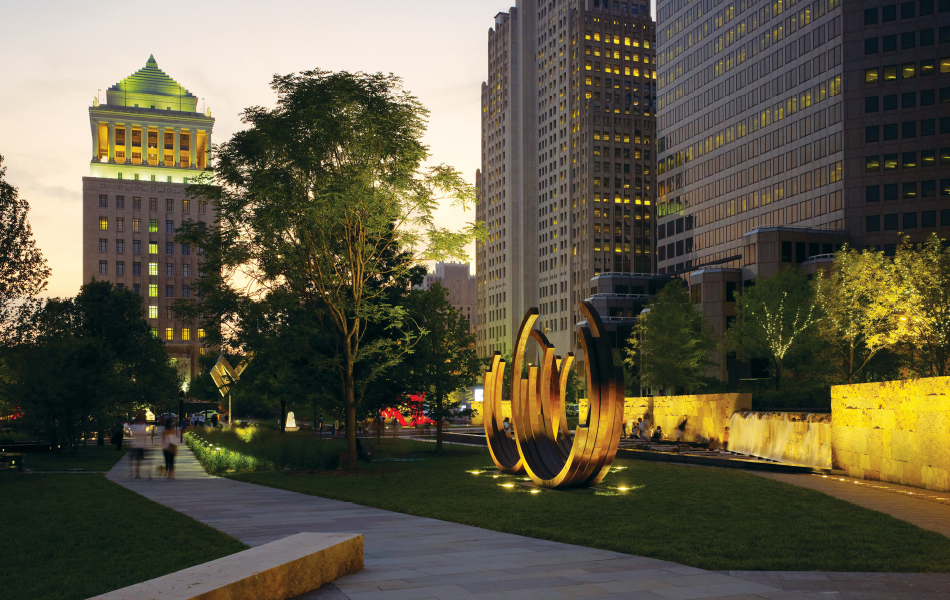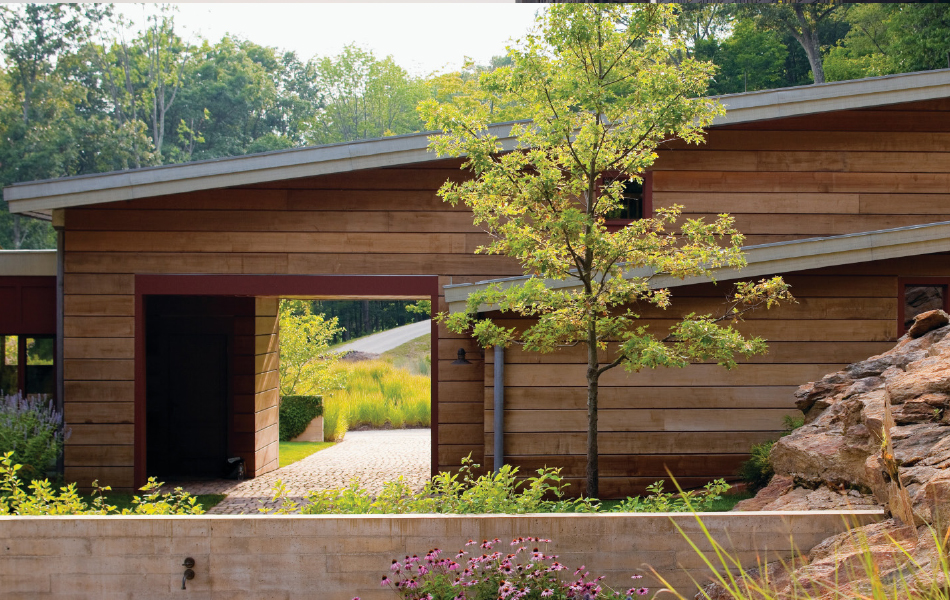This is a good time for landscape architecture. Widening public interest in the form and increased demand for eco-friendly design has been a boon to people who create outdoor spaces, providing them with clients more willing to experiment (witness all the new buildings sprouting green roofs) and to embrace new definitions of landscape (as evidenced by the crowds walking the former elevated train tracks of New York City’s High Line). This spring, books about three top contemporary practitioners — Bernard Trainor, Blasen Architecture and Nelson Byrd Woltz — illuminate just how central gardens have become to the world of design and how magnificently they improve the way we live.
 Landprints: The Landscape Designs of Bernard Trainor
Landprints: The Landscape Designs of Bernard Trainor
April 7, 2013Now based in Monterey, California, Bernard Trainor grew up in Australia, surfing and exploring the country’s rugged coasts. One look at Landprints: The Landscape Designs of Bernard Trainor (Princeton Architectural Press; $50) and it’s clear that he never lost his love of the dramatic topography of his native land. His projects have an appealing, feral flair that highlight home and landscape alike. With few hard lines to indicate where nature ends and design begins, it would be easy to miss the nuances in the work, but Susan Heeger ably describes the subtle details — how Trainor brought a field of tall grass right up to the side of a swimming pool at one home or based another design around an ancient tree — that contribute to living spaces that appear to be part, not the center, of dramatic landscapes.
Loking at the photos of Trainor’s completed work, it’s easy to think, “I love the California landscape.” rather than, “This is great landscape design.” And that’s the highest compliment a reader can give a man who has made a career of channeling nature.
Purchase This Book
 Living Land: The Gardens of Blasen Landscape Architecture
Living Land: The Gardens of Blasen Landscape Architecture
Eric and Silvina Martierena Blasen are a husband-and-wife team based in Northern California — he’s a landscape architect; she holds a degree in horticulture — who together tackle the shape and feel of how people spend time outdoors. Living Land: The Gardens of Blasen Landscape Architecture (Oro Editions; $40) chronicles 11 of their residential projects, some involving unique challenges, such as a steep, weed-covered backyard or an exposed narrow lot located in the hairpin of a popular trailhead.
The joy in this book isn’t just in learning how the couple overcomes such challenges, however, but also in reading how they work with their clients and collaborate with each other. Striking up lasting friendships with homeowners, the Blasens take pains to give them what they want (roses here, a wall there), while also weaving in their own commitment to using native plants and forming a strong relationship between land and built structures. The resulting gardens are appealing to look at, to be sure, but they are sanctuaries, too, places in which you can imagine spending whole days relaxing and playing. The Blasens’ love for design comes through in every section of the book, from the detailed description of each project to the lists of plants they use to the lexicon of phrases they have developed to describe their process. The author, Hazel White, is obviously an admirer, and here she focuses on the intimacy of the Blasens’ approach, even delving into mundane aspects, like what they do when they’re not working: On weekends, the couple likes to take long hikes with their dog in the mountains, during which they discuss, you guessed it, the landscape.
Purchase This Book
 Nelson Byrd Woltz: Garden, Park, Community, Farm
Nelson Byrd Woltz: Garden, Park, Community, Farm
Nelson Byrd Woltz: Garden, Park, Community, Farm (Princeton Architectural Press; $60) chronicles the work of a Virginia-based firm founded by Warren Byrd, professor emeritus at the University of Virginia, which he now oversees with Thomas Woltz, one of his star former students. As the title indicates, the firm designs many types of landscapes, from residential to municipal, and the book tracks how the principals apply broad concepts — in particular a commitment to ecologically restorative design — to create utterly unique spaces. Divided into sections that explore the challenges encountered and discoveries made in each category of design, the book uses a dozen of the firm’s projects to describe what actually happens during the creative process.
A 150-acre farm in Virginia that the team has worked on for 15 years, for example, began on a small scale and expanded into a fascinating long-term dialogue with an individual homeowner. And their collaboration with Paul Murdoch Architects on the memorial for the passengers and crew of Flight 93, which went down during the terrorist attacks of September 11, comprises an ongoing transformation of the Pennsylvania crash site from common field to bucolic 2,000-acre national monument. Written by Byrd and Woltz and edited by Stephen Orr, the book is a deep, intelligent dive into the world of exterior design, one destined to become a reference for generations of landscape architects. But it’s also a fascinating and illuminating read for those with only a general knowledge of the subject — who, after looking through it, will no doubt want to learn more.

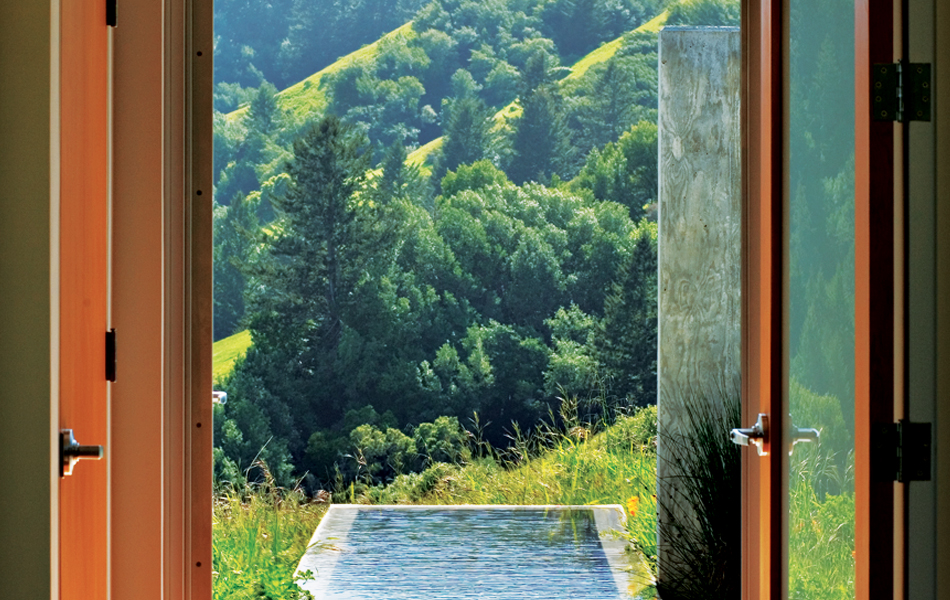

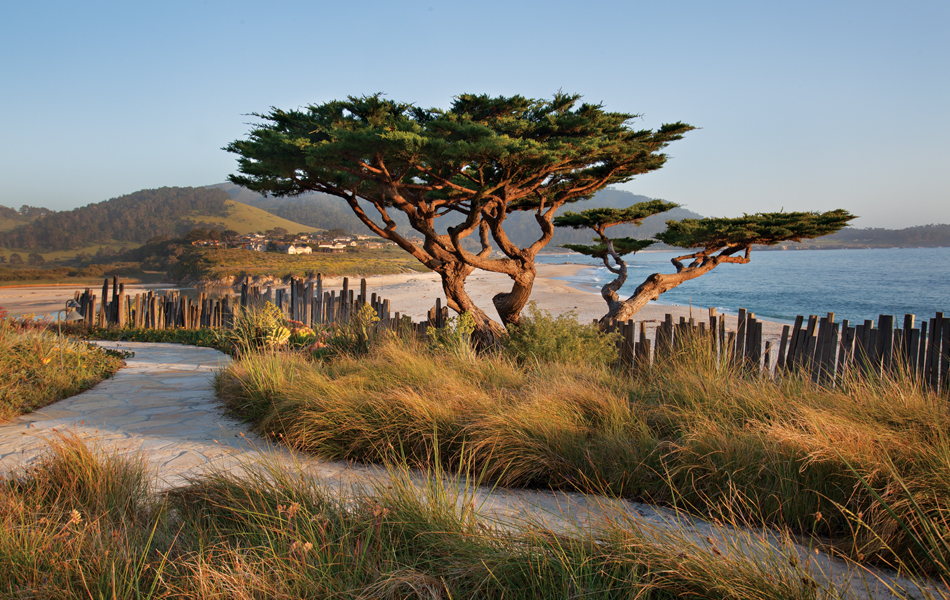
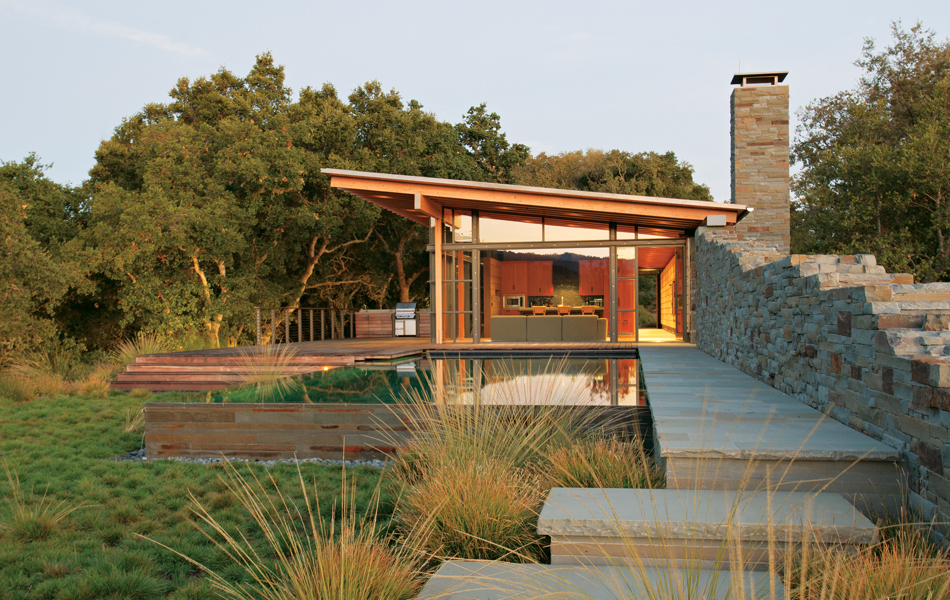
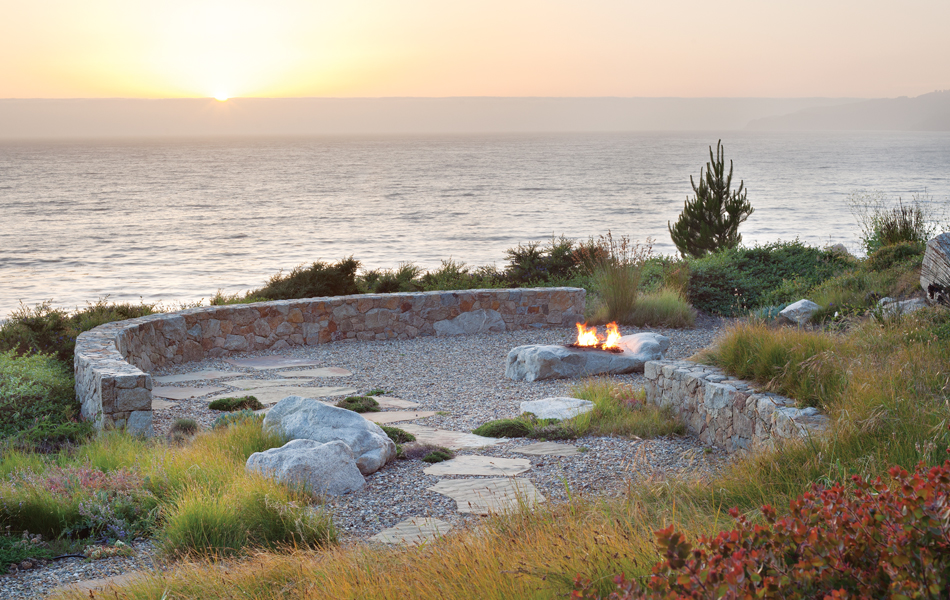
 Living Land: The Gardens of Blasen Landscape Architecture
Living Land: The Gardens of Blasen Landscape Architecture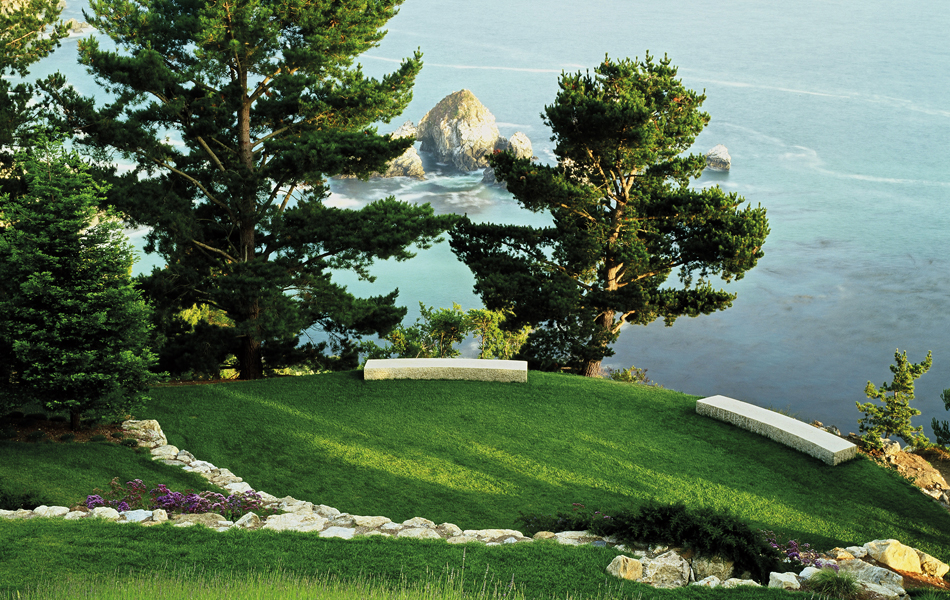
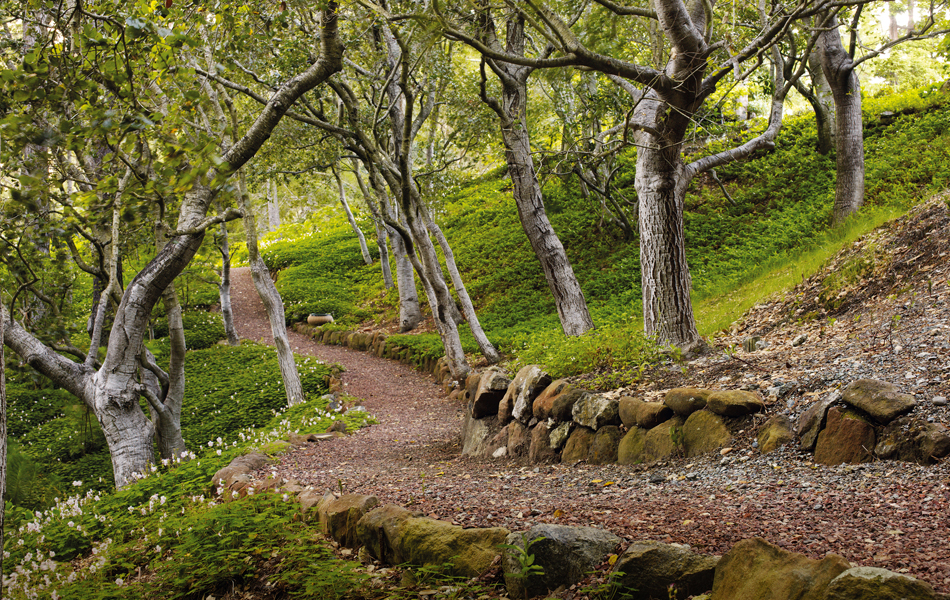
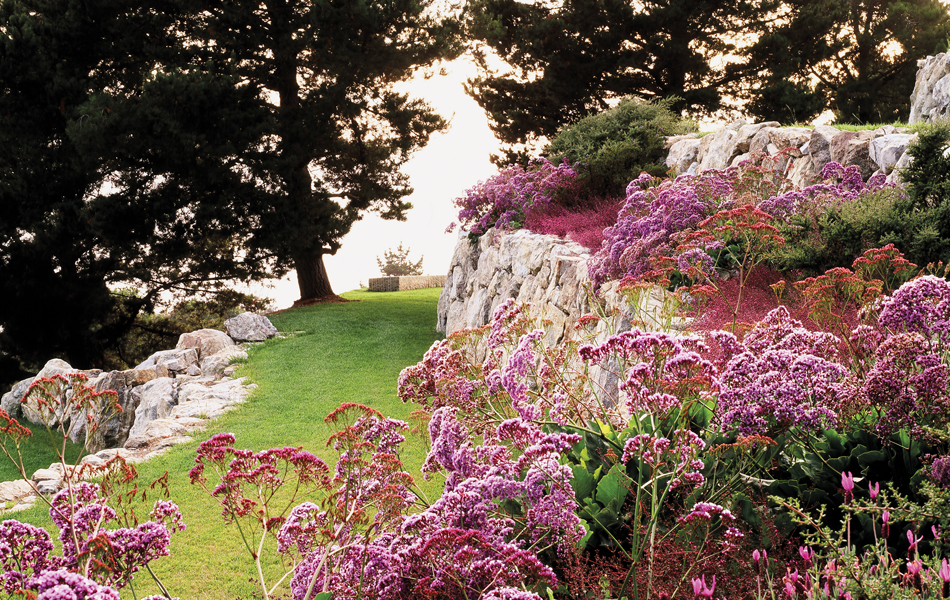
 Nelson Byrd Woltz: Garden, Park, Community, Farm
Nelson Byrd Woltz: Garden, Park, Community, Farm